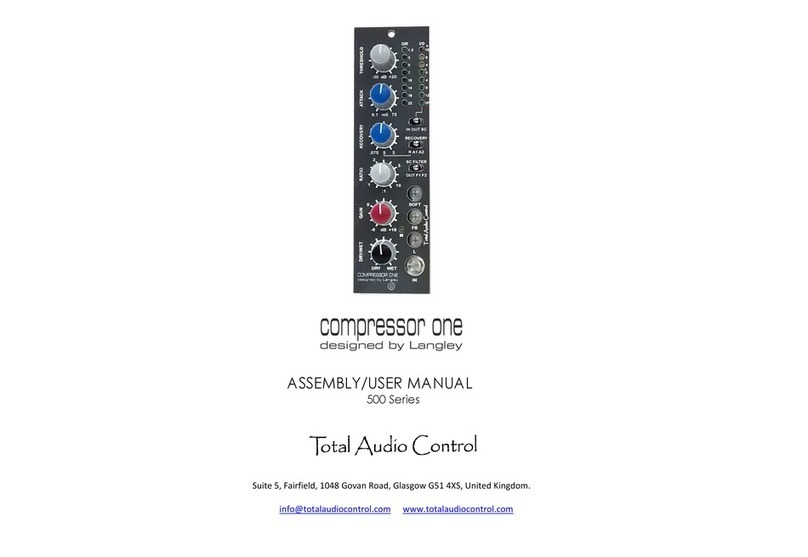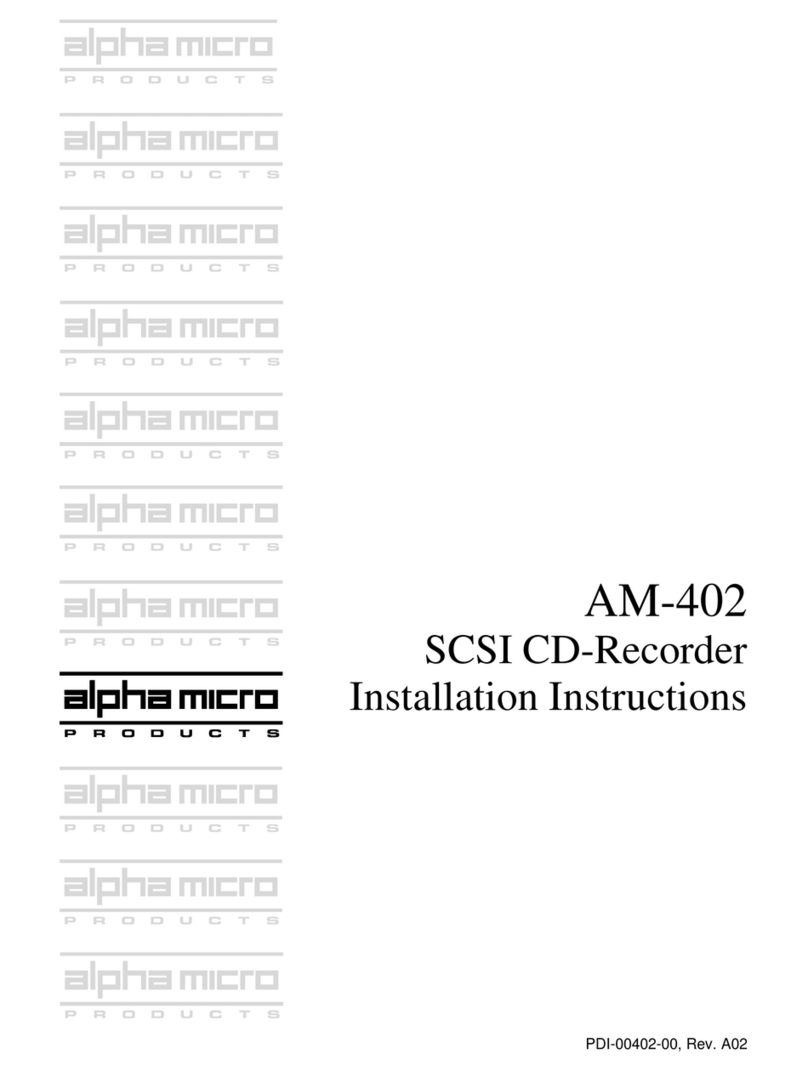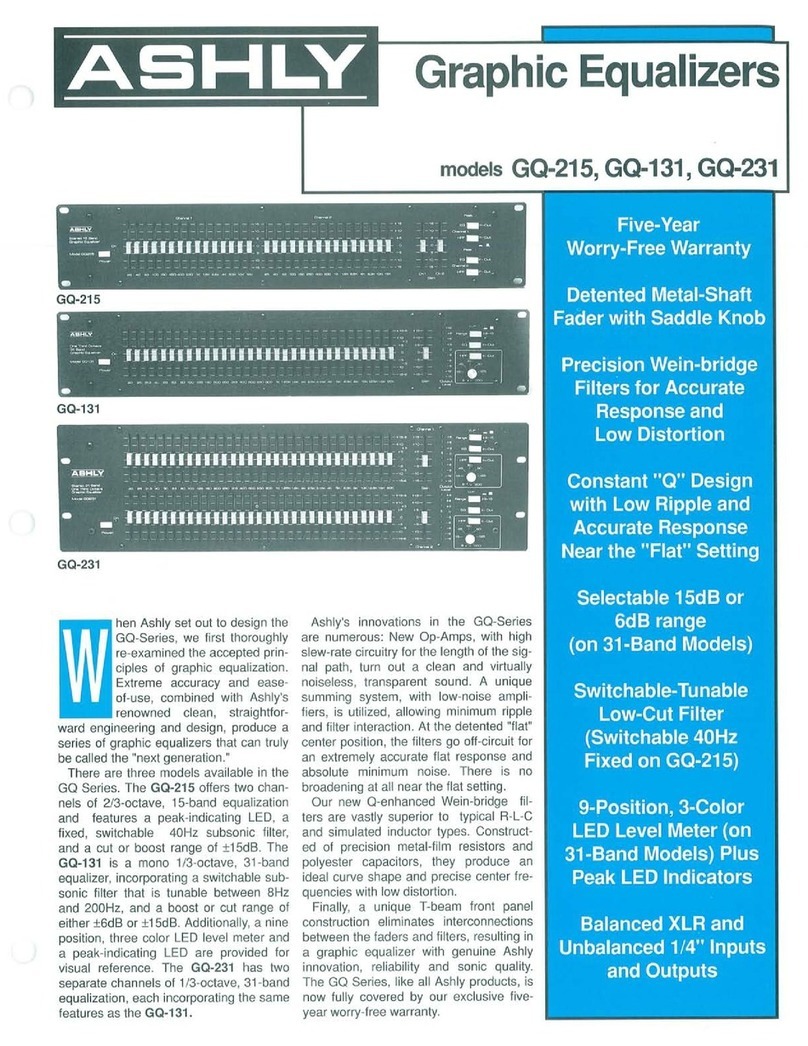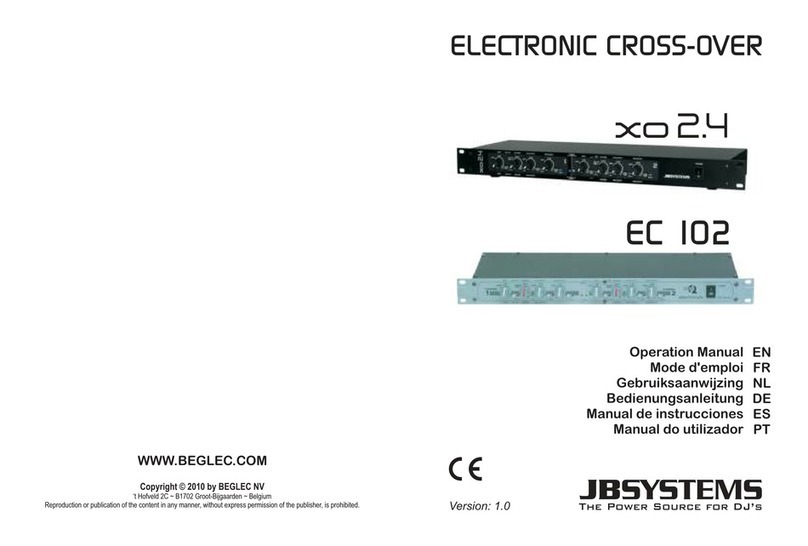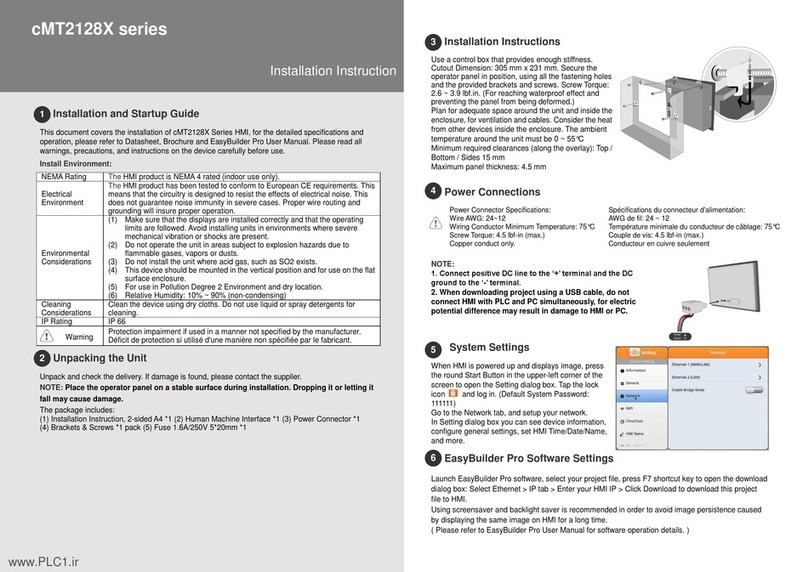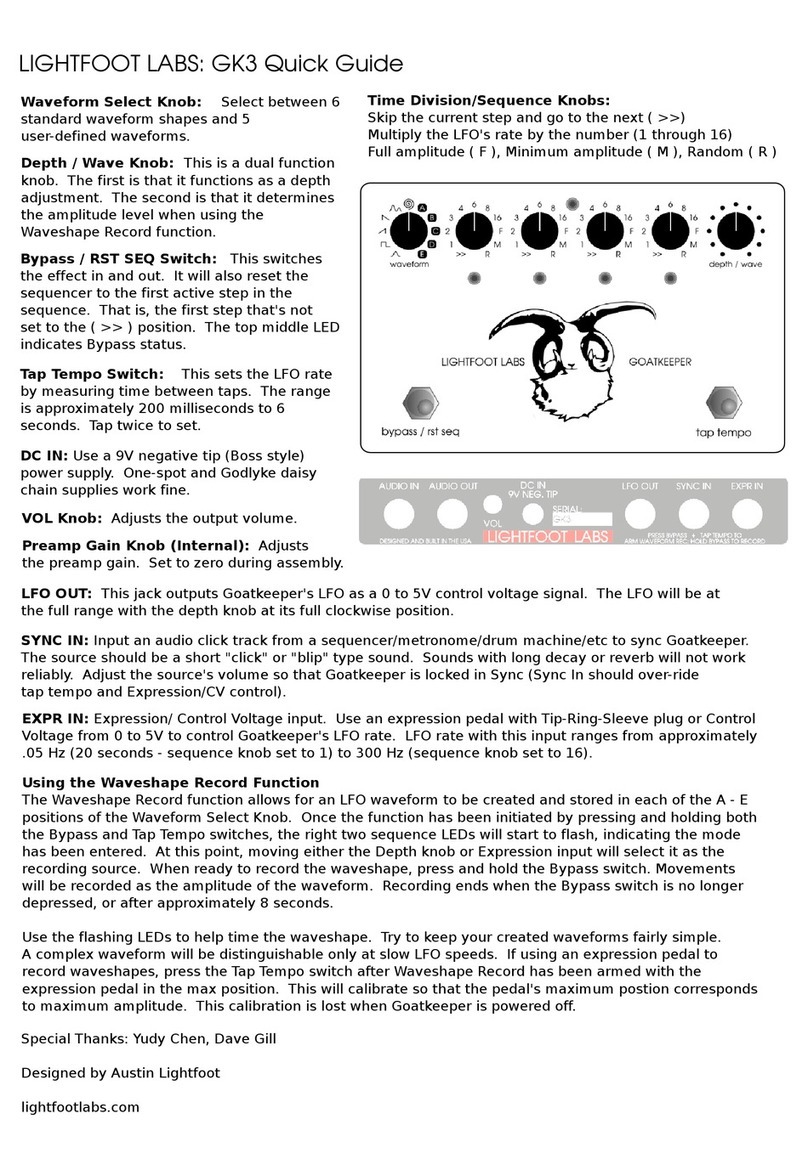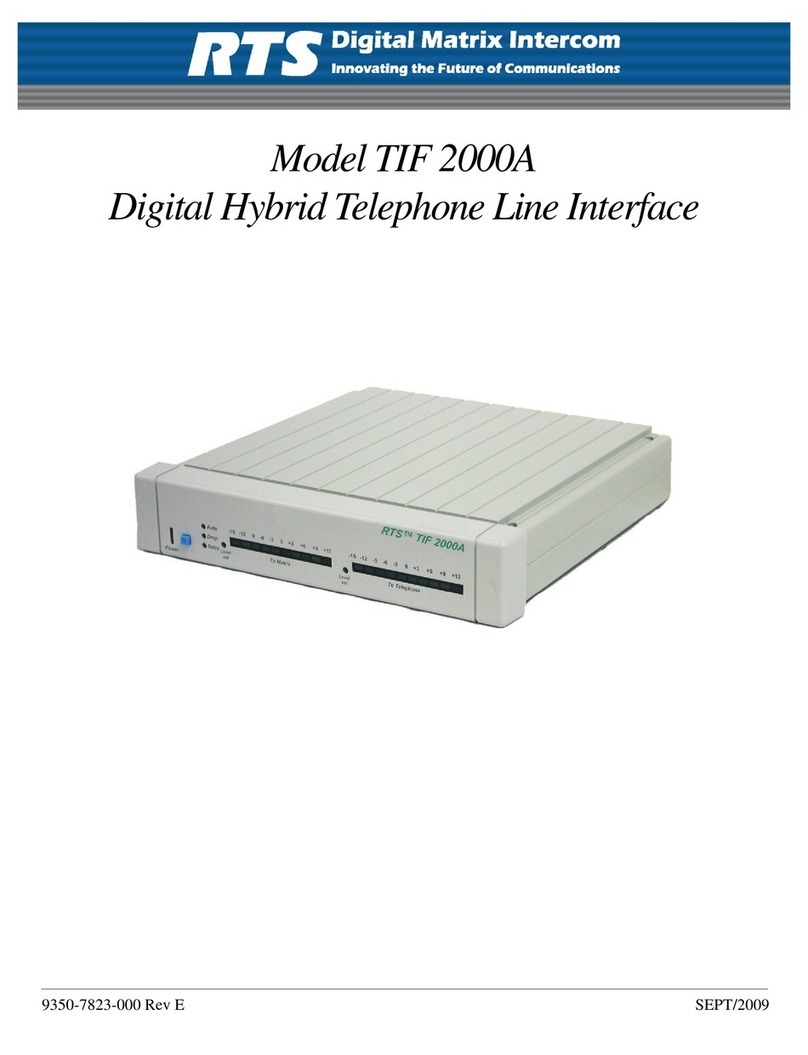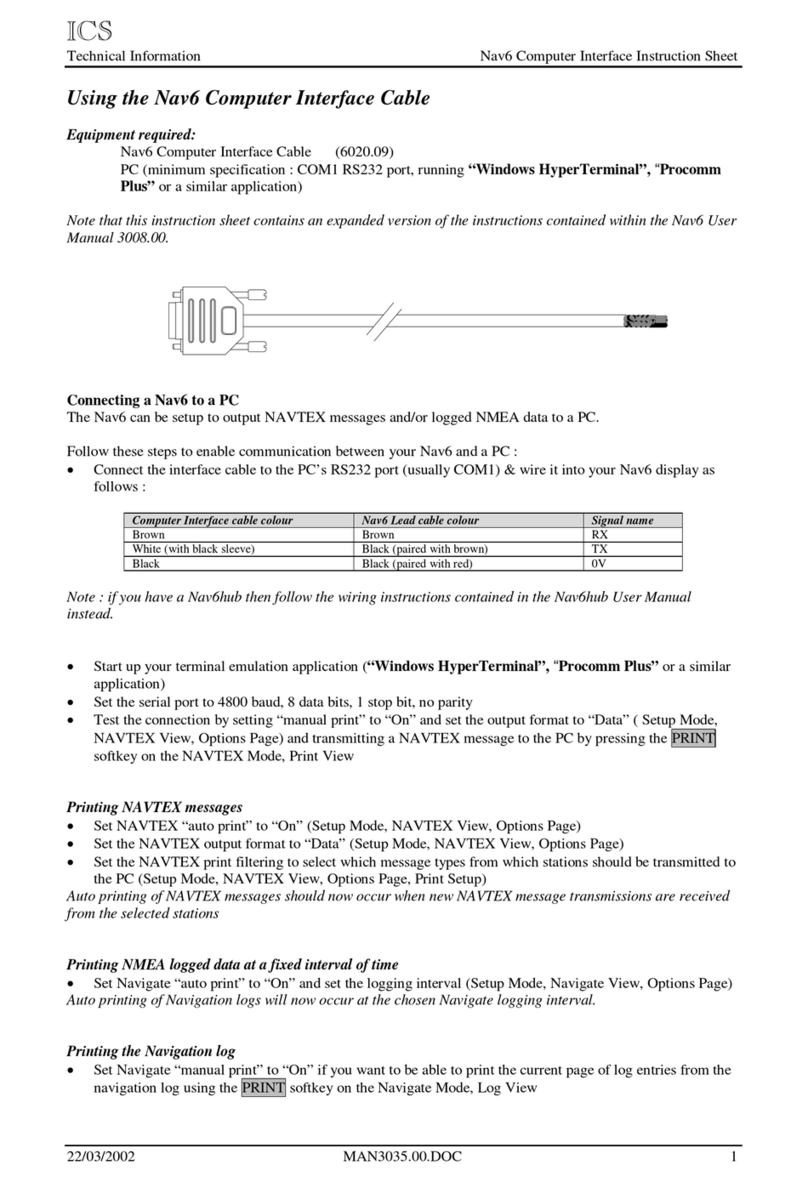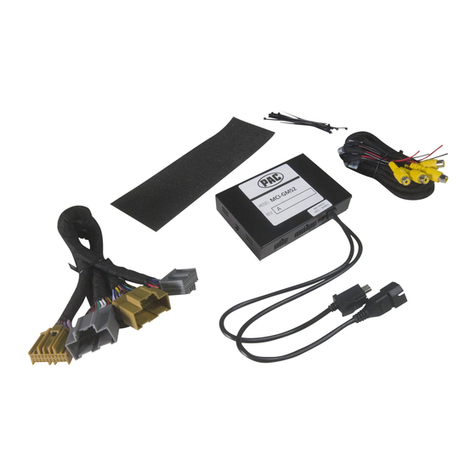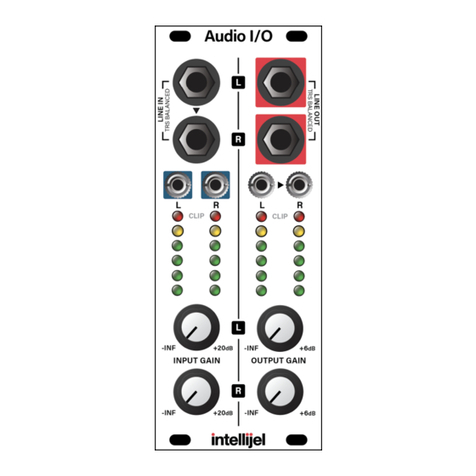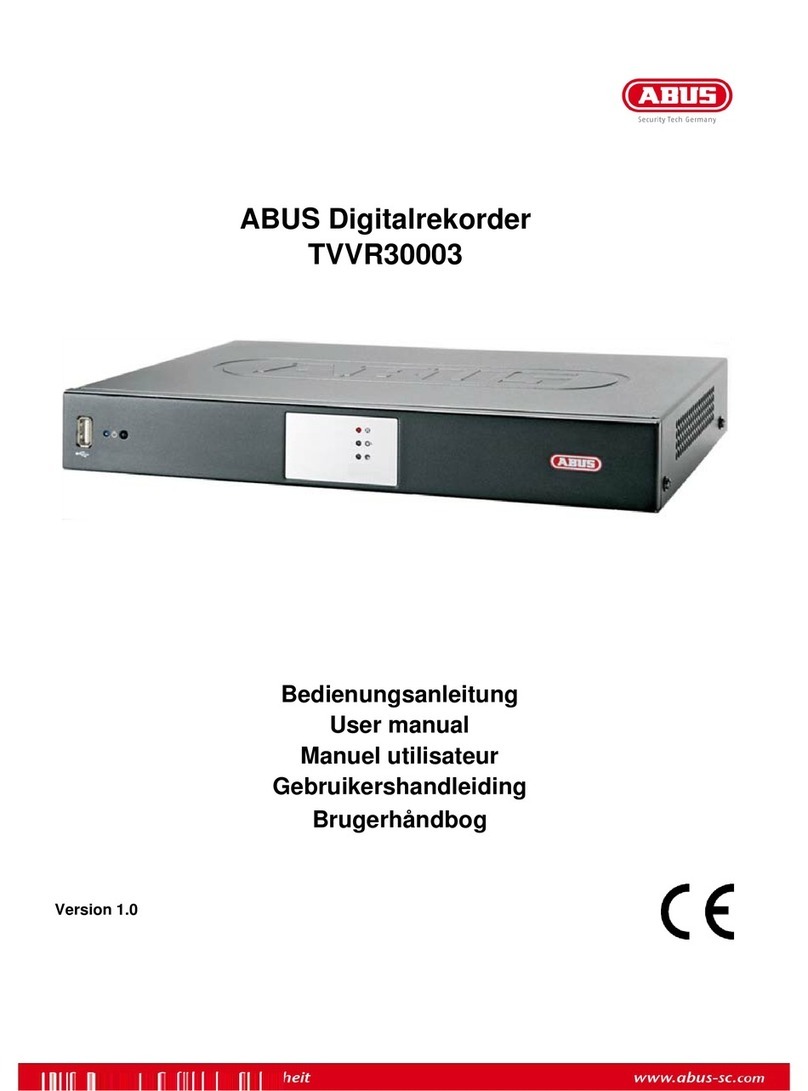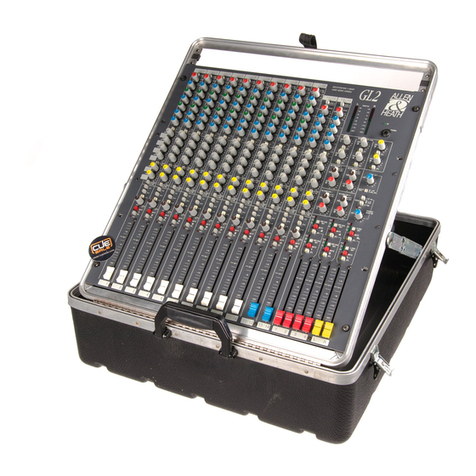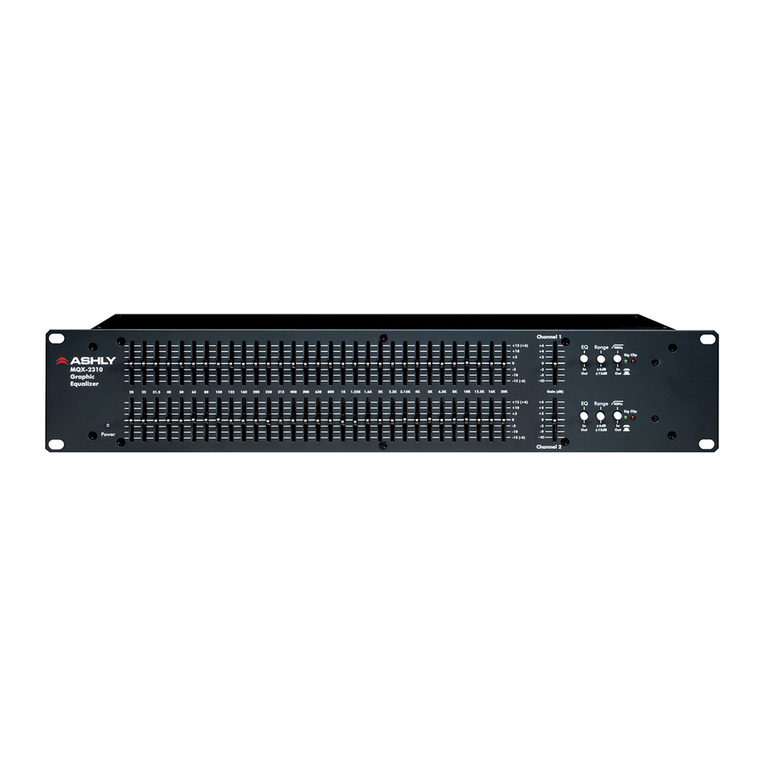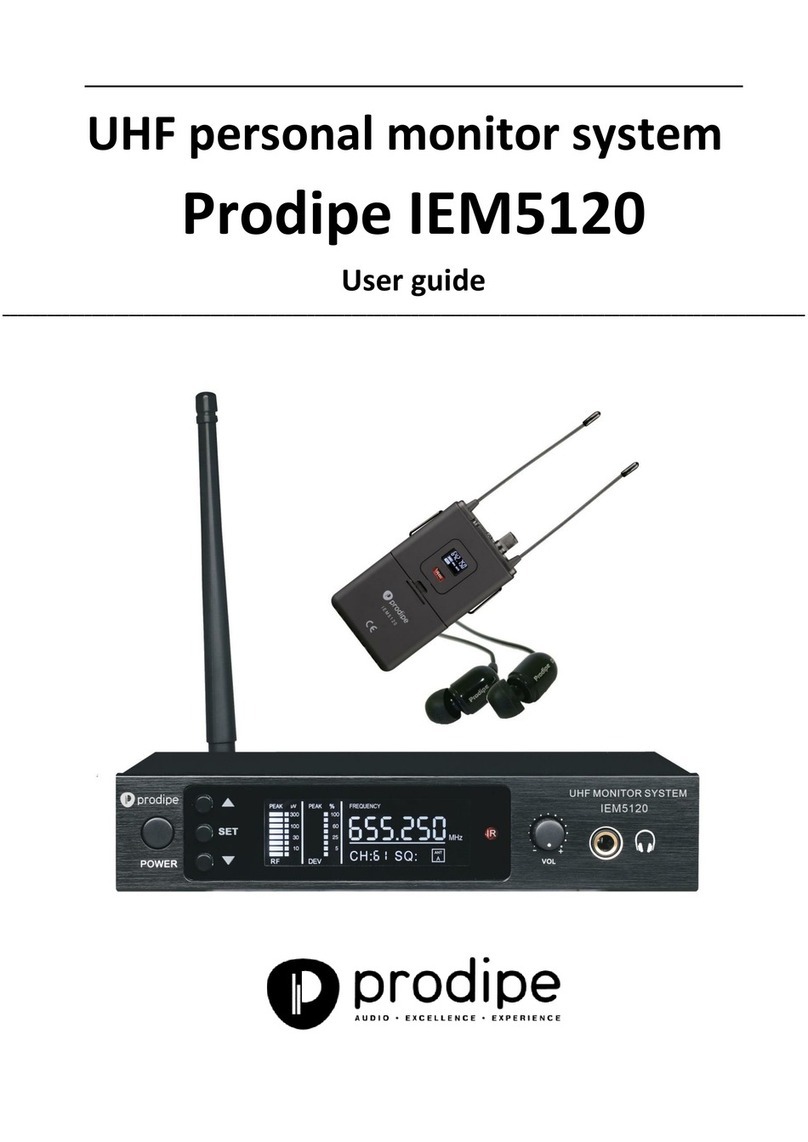Total Audio Control 500 Series Use and care manual

2
INTRODUCTION
Thank you for purchasing MICPRE TWO in kit form. You will have a lot of fun in building and using it.
MICPRE TWO is the second in our flagship “Designed by Langley”series of microphone pre-amplifiers.
MICPRE TWO follows the topology of the transformerless microphone preamplifier employed on the Amek Rembrandt console, with
the use of dual ganged potentiometer arrangement to provide greater linearity of the gain control, compared with the use of a single
ganged potentiometer. This was derived from the Amek Angela and the M2500 console preamplifiers. MICPRE TWO provides
exceptional noise performance even at low gain settings.
A high impedance balanced instrument input is provided, accessed by a front panel jack socket. Provision is also made for connection
to MID-SIDE ONE M-S Encoder/Decoder and an output splitter in 1U 19” rack configuration. Gain is continuously variable from 0dB
to 66dB. A PHASE reversal switch and a -15dB PAD switch are provided. A meter measures the signal output from an internal source.
Typical specifications:
Mic. input impedance : >5k ohms, PAD IN >4.5k ohms.
Instrument input impedance : 1.5M ohms
Frequency response : +/- 0.5dB, 20Hz-80 kHz (up to 60dB gain).
Phase response (EQ out) : +/-30 deg., 20Hz-80 kHz (up to 60dBgain).
Mic input maximum input level : +21dBu (+28dBu with pad)
Maximum output (into 100k ohms) : +26dBu
THD&N (+10dBu input signal) : better than 0.05%, 20Hz-20 kHz (up to 60dB gain).
Mic. EIN : 22Hz-22 kHz, RMS, 150 ohm source: -127.5dBu.
Minimum gain output noise : 22Hz-22 kHz, RMS, 150 ohm source: -99dBu.
Output impedance : 75 ohms

3
Figure 1: Block Diagram.
ALL SPECIFICATIONS ARE SUBJECT TO CHANGE.

4
FEW WORDS ON ASSEMBLY
Before rushing into building your MICPRE TWO you should study this manual from front to back, and familiarise yourself with the
design before starting to solder the first component. As the expression says “one picture tells a thousand words”.
The components are packed and numbered in the correct order. The numbers correspond to the bill of materials. Open them one at
a time. Do not open the next package before completing the assembly of the previous one. There is a reason behind each stage.
Populating a PCB always starts with the smallest components. Resistors and/or small signal diodes being the first. If you solder the
larger components first you’ll have a hard time in soldering the resistors or the small signal diodes.
Before soldering a component visually check its value and designation. Although normally it is not required, testing them would also
be a good practice (excluding integrated circuits) before they go on the board. We are extremely lucky to be living at a time when a
reasonably well performing digital multimeter with semiconductor testing capability, or a capacitance meter can be picked up from
e-bay for the cost of literally a burger meal. Therefore, investing into a few handheld meters would pay dividends in the long run.
A good quality soldering iron with a fine tip and a set of hand tools are a must. Plumber’s torch does not have a place in electronics
assembly and component leads are not trimmed using a Black Smith’s pliers. A miniature close cutting side cutter will have to be a
part of your tool kit. Equally fixing an M2 screw will not be possible with a screw driver normally used for M10 bolt. A simple spring
action desoldering pump will do fine for single sided boards. But for double sided/plated through boards, such as this a proper
(electric motor pump action) de-soldering tool will be essential. However, you do not have to get the ones that require re-
mortgaging your house. There are affordable ones that will also do a good job.
Most faults will arise due to incorrect components being inserted or solder bridges. It is particularly important to closely examine
the soldering of components with close pads such as transistors. Therefore, unless you have eagle eyes, checking each solder node
with a hand held or table mount magnifier as you go along will be an extremely good practice.

5
Do not stay on the components with the soldering iron for too long as there can be a possibility of causing damage. You should be
able to get in and out of a solder node within few seconds.
There is no need to crop connectors, potentiometers or switches unless specified.
Safety first, be extremely careful when trimming component leads as these can easily fly off into your face. Always hold the lead with
one hand while trimming it with the other.
In general do not rush. Work methodically and have fun.
Total Audio Control
SEPTEMBER 2019

6
LDO38 MAIN BOARD (ZOOM IN TO ENLARGE)

7
COMPONENT DESIGNATIONS WITH VALUES

8
LD038 MAIN BOARD ASSEMBLY.
Make sure that the polarity notches on both the IC sockets and 10 way box headers match the
silk screen on the main board.

9
LD040 GAIN POTENTIOMETER ADAPTER CARD ASSEMBLY.
1). Solder the 6-pin right angle connector to the PCB paying particular attention to the position of the plastic
spacer. This should butt up against the LD040.
2). Solder the gain potentiometer.
3). Insert LD040 Gain Potentiometer Adapter card into the main board.
DO NOT SOLDER THE LD040 ADAPTER CARD ASSEMBLY TO THE MAIN BOARD YET.

10
BACKPLATE ASSEMBLY
1).Gently fit the back plate over the potentiometer. The back plate sits on the component side of the PCB.
Fix it using three M2 screws from the solder side of the main PCB.

11
2). Fix the potentiometer onto the back plate by using the nut/washer. Do not apply excessive force.
4). Now solder the LD040 gain potentiometer adapter card onto the main board.

12
HEX PILLARS
Fit M3 x 23mm hex pillars into FIX 5 and FIX 6 holes using M3 x 5mm screws with shake proof washers from the
solder side of the main board.

13
FACEPLATE ASSEMBLY.
Fix the Faceplate to the backplate using three M3 screws. Use the extra anti vibration/locking washers
In addition to the ones already on the screw. This is to slightly shorten the length of the screws.

14
LEFT HAND SIDE SCREEN PLATE ASSEMBLY.
Fit LHS screen plate through Fix2, Fix3, Fix8 and Fix9 using M3 screws.

15
LD037 8 LED METER ASSEMBLY:

16
COMPONENT DESIGNATIONS WITH VALUES

17
FITTING OF METER LEDs:
The cathode is the short lead. Trim the cathode to 10mm (0.4").
A "C" on the silkscreen indicates the cathode position.
Using the faceplate as a jig align the LEDs with the trimmed cathodes on the component side of the PCB.
Tack-solder the LEDs as far as from the plastic body as possible.
Trim the anode leads to 10mm and solder to the pads (on the solder side of the PCB).
DO NOT APPLY HEAT FOR MORE THAN A FEW SECONDS OTHERWISE THE LEDs MAY BE DAMAGED.

18

19

20
VISUAL CHECK:
Check that ICs are inserted the right way round.
Check all joints are properly soldered.
Check that the leads are properly cropped using close cutting side cutters.
There is no need to crop connectors, potentiometers or switches unless specified.
Most faults will arise due to incorrect components being inserted or solder bridges.
It is important to closely examine the soldering on components with close pads such as transistors.
Fit jumper links on J4 for a basic setup without insert points. (DO NOT fit jumper on the 2 way header W4.)
Other manuals for 500 Series
1
This manual suits for next models
1
Table of contents
Other Total Audio Control Recording Equipment manuals

